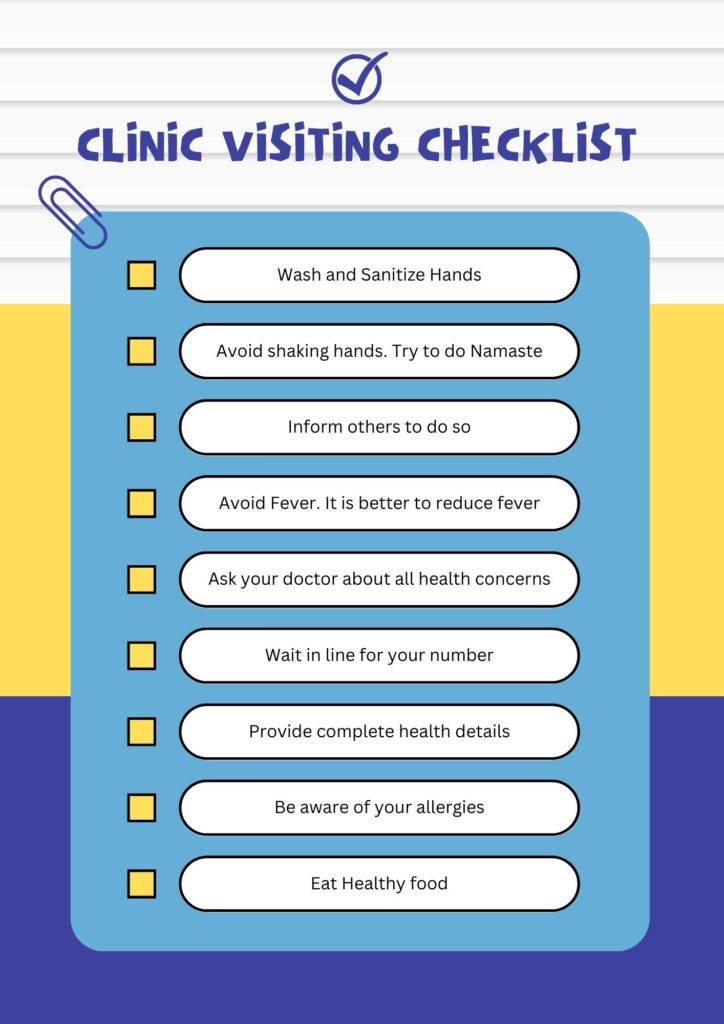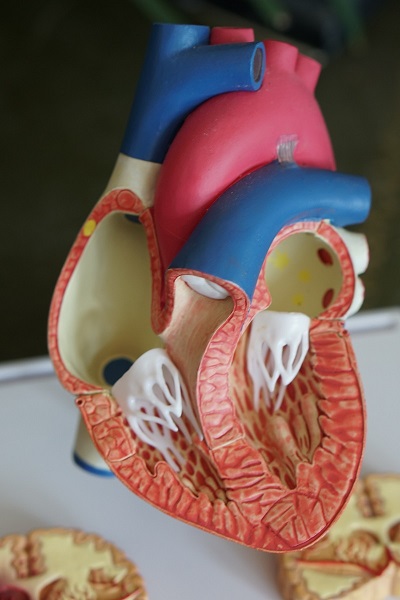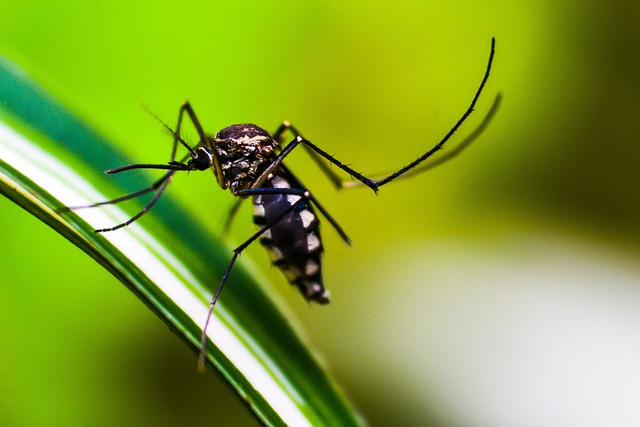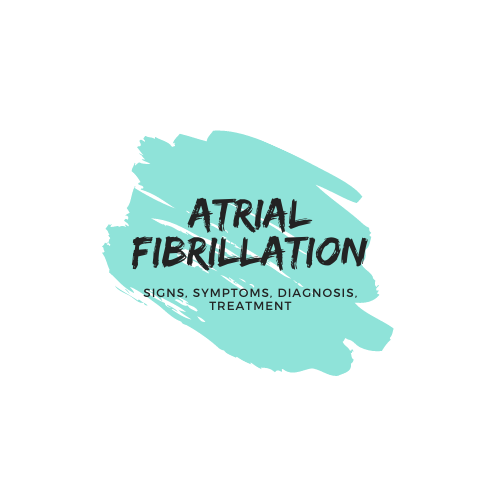Introduction
Asthma is a disease of the lungs. In this disease, there is excessive secretion of mucus in the lungs. In other words, the lungs start to drown in their fluids in Asthma. We will learn about the symptoms, causes, investigations, treatment and prevention of the disease. If you would like to skip directly to a section, click on the link in the Table of Contents. Else, if you would prefer to read the whole article, you may do so with pleasure.

Table of Contents
- Introduction
- Causes and symptoms of Asthma
- Types of Asthma
- Causes of Asthma
- Signs and Symptoms
- Investigations in Asthma
- Treatment
- Conclusion
- References
Causes and symptoms of Asthma

The above image from the Cleveland Clinic website perfectly displays how Asthma is caused. A normal airway is relatively open. It allows air to pass through it and reach the alveoli. But when there is inflammation, a thick mucus is produced. This brings in constriction in the tubes. The muscles of the air tubes also narrow up. This is called a Bronchospasm.
Does Asthma go away?
Asthma is a chronic and ongoing condition and does not go away. It can be alleviated, but it will stay with you throughout your life. Lakhs of people in India are affected by the disease. It also affects children. Children will require lifelong medication.
So what is an Asthma attack?
An attack occurs without warning and all of a sudden. During normal breathing, the air tube muscles in the lungs are relaxed. They allow the air to pass easily. There is no altered sound. Thus when the attack occurs, the following mentioned things would happen:
- Bronchospasm
- Inflammation
- Mucus production
Bronchospasm
During bronchospasm, the muscles around the air tubes become extremely tight. This causes the airway to become narrow, almost collapsing. In this stage, air cannot pass through the air tubes.
Inflammation
Inflammation in the airway can occur where there is an added infection in the tubes. As a result, the inner lining of the tubes becomes swollen. Such a swollen lining of the tubes and the lungs eventually do not allow air to pass through, resulting in Asthma.
Mucus production
The lungs start to produce a lot of fluid in the lungs. This is a response from the body to counter the inflammation. But more often, it leads to further complications of the increase multi-fold.
Types of Asthma
The disease can be presented in different types. Each type has a variation in the cause and seriousness of the concern. The types of the disease can be:
- Intermittent
- Persistent
Intermittent type
This can be termed as the less severe type of presentation of Asthma. Here, the person suffering from the disease can certainly have normal phases of breathing. In the normal phase of breathing, the person is at ease and does not suffer much.
Persistent type
Here the presentation of Asthma can be of serious nature. The suffering person will have ailments of continuous nature. Although the suffering will be continuous, it will still be mild, moderate or severe. But the person will suffer continuously from the ailments until they take medication.
Causes of Asthma
The various causes are enlisted below:
- Allergic
- Non-allergic
- Exercise-induced
- Occupational
- Asthma-COPD overlap syndrome (ACOS)
Allergic
Many times, moulds, pollens, cat hair, dust, road pollution, and soil can start an allergy leading to Asthma.
Non-Allergic
In this type, there are no allergic causes of flaring up of the attacks. Other causes such as pre-existing diseases, infection, stress and mental causes can resultantly bring in an Asthmatic presentation.
Exercise-induced
Breathlessness leading to constriction of the air tubes in the throat and lungs lead to Asthma condition during or after exercise.
Occupational
As the word says, this type of Asthma is related to the work environment. It also accounts for Lifestyle disorders. People work in various kinds of conditions which can also cause irritation, ultimately leading to Asthma. Usually, when the person moves away from the work condition or changes his work profile, the troubles go away.
Asthma-COPD overlap syndrome (ACOS)
Chronic Obstructive Pulmonary diseases (COPD) and Asthma have similar presentations. Sometimes both of these diseases can occur at the same time. Here the condition is called ACOS.
Signs and Symptoms
The causative factors, which are already discussed above, are listed below:
- Allergies
- Environmental factors
- Allergens
- Toxins
- Industrial fumes
- Second-hand smoke
- Third-hand smoke
- Very young children with low immunity
- Genetic history
- Respiratory infections
The signs and symptoms of Asthma are enlisted below:
- Chest tightness with pain or pressure
- Cough during the night
- Breathlessness
- Wheezing sound in the chest
These signs and symptoms can vary from person to person.
Investigations in Asthma
Investigations and tests help to confirm a diagnosis made by a physician. Vice versa, diagnostics can help a doctor to confirm their diagnoses. Following are some of the tests that may be ordered by your doctor to confirm the presence of Asthma:
- Blood tests like Haemegram, ESR
- Pulmonary Function test
- Chest C Ray
- Chest CT Scan
- Spirometry
Treatment
In this section, we will talk about the treatment of Asthma:
- Modern Medicine
- Ayurveda
- Homoeopathy
- Yoga and Pranayama
Modern Medicine
Modern medicine takes a practical approach to the treatment of Asthma. Since there is constriction of the air tubes, they will give medicines like Bronchodilators. These medicines will relax the muscles around the air tubes. They will also prescribe anti-inflammatory medicines. These medicines will cause to reduce any swelling. They will also help to reduce mucus production in the lungs. For more severe asthmatic conditions, Modern medicines also have Biologic therapies.
Ayurveda
Ayurveda considers Bronchial Asthma a Vata-Kapha disease. Vata, Pitta and Kapha are the three types of doshas according to Ayurveda. Here Ayurveda describes that if the excess Kapha is moved towards the stomach, the lungs will be freed and normal breathing can ensue. Consequently, Panchakarma is the golden way in Ayurveda to reduce Asthma. Some of the steps of Panchakarma are:
- Swedana (Sudation)
- Vamana (Vomiting with medication)
- Virechana (Purgation with medication)
Homeopathy
Homoeopathy takes a holistic approach towards the treatment of Asthma. Homoeopathy does not have external body treatments. A Homeopath will take a specific case taking and will begin internal medication. A visit to a Homeopath will as a result be of immense help and proper guidance.
Yoga and Pranayama
Pranayama in Yoga is completely related to the movement of air through the nose and lungs. A properly done Pranayama will help to reduce the severe impacts of Asthma. Although the disease will never leave the body, it will reduce to a large extent in the body. Below are mentioned some of the asanas and pranayama to reduce severe effects on the body:
- Nadi shodhan pranayama
- Kapal Bhati
- Ardha Matsyendrasana
- Pavanamuktasana
- Setu Bandhasana
- Bhujangasana
- Adho Mukha Svanasana
- Badhakonasana
- Poorvattanasana
- Shavasana
Conclusion
Hopefully, this article helps you understand Asthma. If you have any questions feel free to call Tamhane Clinic at +91 63951 66306. In case the doctor does not answer your call, please send a WhatsApp message to the same number.











